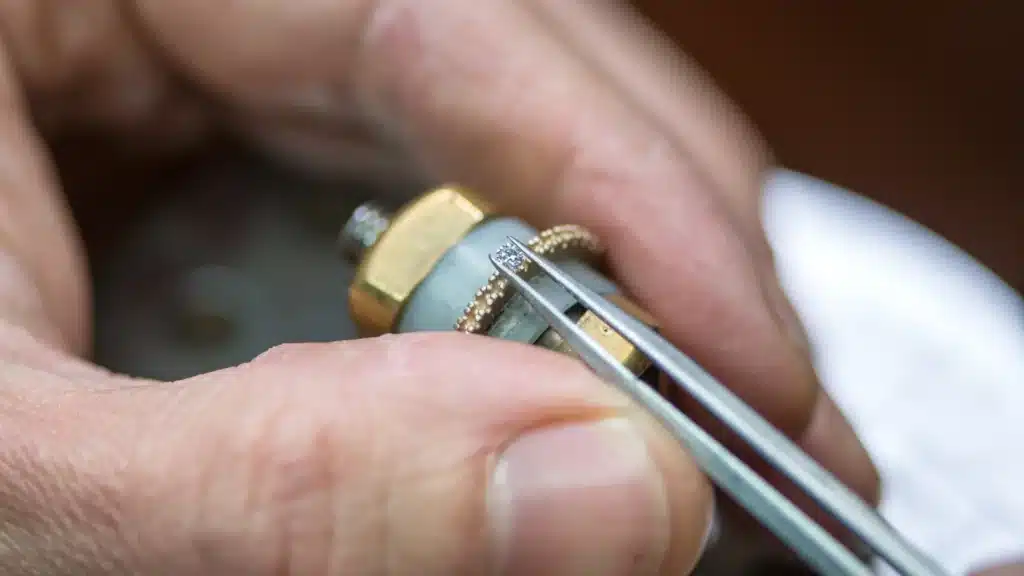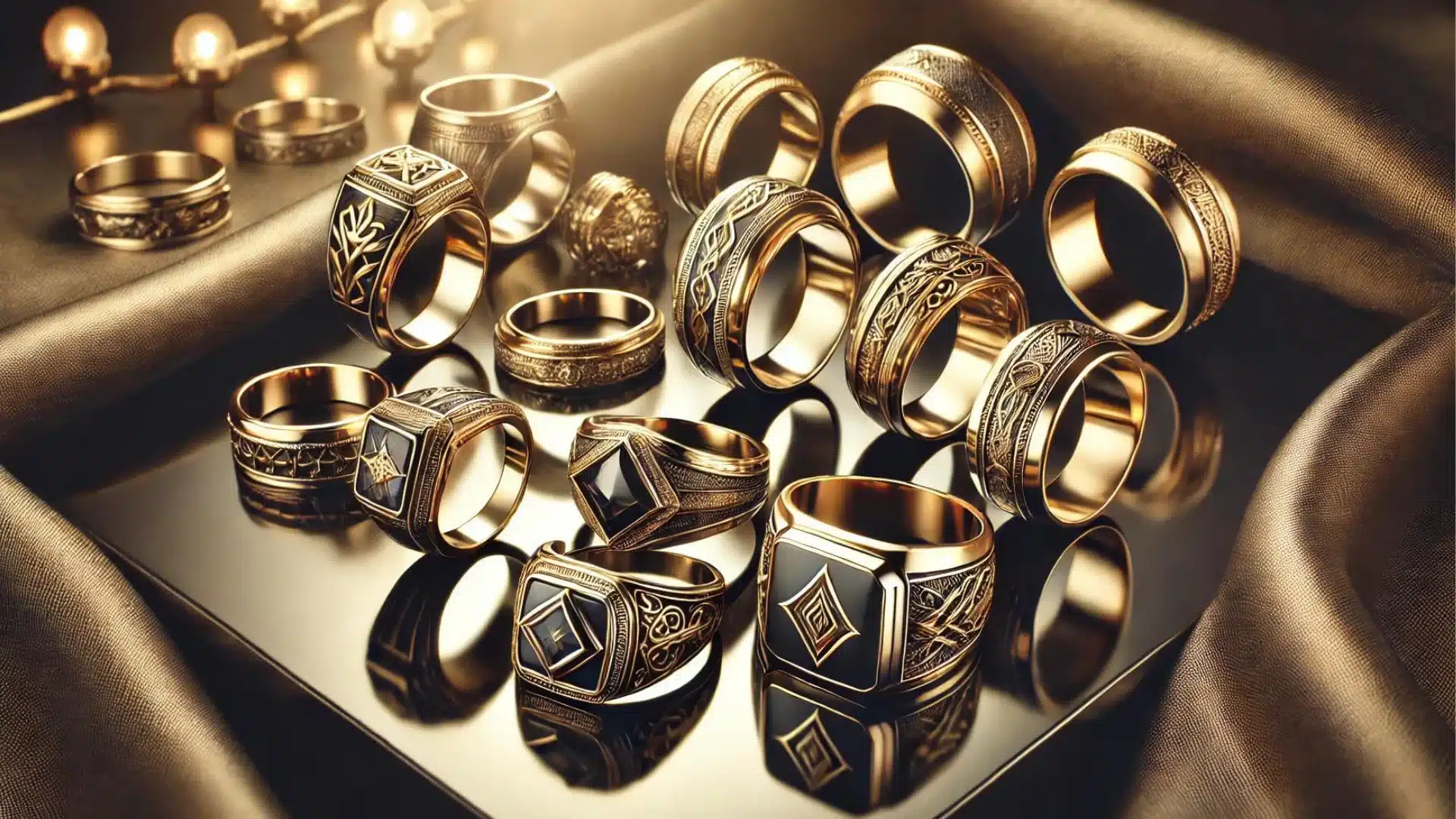Unveiling Techniques and Selection Secrets
Gemstone Setting
The world of jewelry is a realm of intricate details and artistry, and at its core lies the captivating craft of gemstone setting. In this journey through the jewelry-making process, we’ll delve into the captivating world of gemstone setting techniques, revealing the exquisite artistry behind each method and how to select the perfect setting for various gemstones.
Gemstone Setting
Prong setting is perhaps the most common and versatile technique. It involves using small metal prongs to secure the gemstone in place. This setting allows maximum light to enter the stone, enhancing its brilliance. Prong settings are ideal for showcasing the beauty of transparent gemstones like diamonds, sapphires, and emeralds.
Gemstone Setting
Bezel setting encircles the gemstone with a metal rim, holding it securely in place. This technique offers excellent protection to the gemstone’s edges and is particularly suitable for cabochon-cut gemstones like opals, moonstones, and turquoise.
Gemstone Setting
Channel setting involves placing gemstones in a groove or channel and securing them with small metal walls on either side. This setting is often used for creating elegant and uniform lines of gemstones, such as in eternity rings, and works well with diamonds and other small stones.
Gemstone Setting
Pave setting is all about closely setting small gemstones together, so they appear to form a continuous surface. This technique creates a stunning, shimmering effect and is commonly used with diamonds and other precious stones to add brilliance and glamour.
Gemstone Setting
Tension setting is a modern and minimalist technique where the gemstone appears to be suspended between two ends of the metal without any visible prongs or bezels. This setting is perfect for showcasing the gemstone’s size and clarity and is often used with contemporary designs.
Jewellery Manufacturing
Flush setting involves embedding the gemstone into the metal surface so that it sits “flush” with the surrounding metal. This technique is often used for smaller stones and adds a subtle and understated elegance to jewelry pieces.
Gemstone Setting
Cluster setting arranges multiple smaller gemstones closely together to create the illusion of a larger stone. This technique is versatile and can be used with various gemstone shapes and colors to create unique and eye-catching designs.
Crafting Elegance:
Jewellery Manufacturing
When choosing the right setting for a gemstone, several factors come into play. The type of gemstone, its size, shape, and color all influence the choice. Additionally, the jewelry’s design, purpose, and the wearer’s style preferences play significant roles. The goal is to complement the gemstone’s natural beauty while ensuring its security and durability.
In conclusion, gemstone setting is a true art form that requires skill, precision, and an understanding of both the gemstone and the jewelry design. The choice of setting can elevate a piece of jewelry, making it a stunning and cherished adornment. Whether it’s the classic prong setting or the modern tension setting, each technique adds a unique touch to the world of jewelry, celebrating the beauty of gemstones in its own distinctive way.













